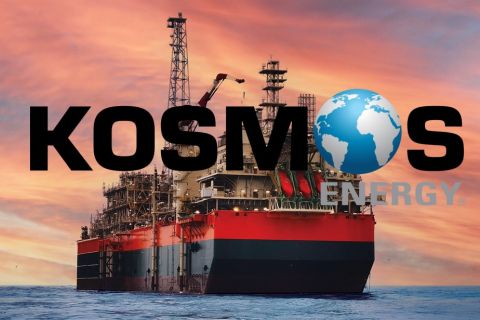Learn more about Hart Energy Conferences
Get our latest conference schedules, updates and insights straight to your inbox.
The same manufacturing slowdown that hit newbuild drilling rigs following the commodity price collapse in late 2014 also is impacting the pressure pumping market. Backlogs for new pumps and fluid ends have dried up, while orders for new pressure pumping units have fallen sharply.
This market permutation stands in contrast to the unexpected ramp in demand for newbuild pressure pumping equipment in mid-2014 as the industry moved to enhanced completions, placing greater demand on well stimulation service providers as batch completions and 24-hour operations kept existing pressure pumping fleets tied up on location for extended periods of time. Additionally, extended-reach laterals and more stages packed more closely together coupled with a steep increase in the volume of proppant—almost exclusively coarse sand—resulted in rising attrition for the existing well stimulation fleet.
The combination created a roller coaster ride for well stimulation service providers. Early 2014 forecasts calling for continued overcapacity in pressure pumping equipment soon gave way to unexpected increases in well stimulation pricing and a scramble for new and replacement equipment to meet rising demand.
Six months later, the activity slowdown from falling commodity prices is hitting both component manufacturers and well stimulation equipment fabricators. Both sectors cite a steep drop in new orders. Meanwhile, the last of the backlog in pressure pumping units ordered in 2014 will be delivered by mid-2015. Consequently, lead time for a newbuild pressure pumping unit is now four to six weeks vs. four to six months in 2014. Equipment fabricators told Hart Energy Market Intelligence surveyors that demand for new units is down more than 50% vs. last year.
None of the fabricators participating in the Hart Energy survey cited cancelled orders. For new orders, purchasers are seeking replacement units for existing equipment only with few orders for new fleets.
“We have seen few orders cancelled,” one large Texas-based fabricator told Hart Energy. “New orders are but a trickle compared to 2014. Most will only order units to replace retiring equipment until recovery. By mid-year, production will slow to 50% or less of our previous rate last year.”
Five of eight manufacturers said delivery time is two to three months on a newly fabricated unit and just three to four weeks once all the components are delivered. At least one manufacturer has new stock pressure pumping units sitting in the yard available for immediate delivery and can manufacture custom-built units in two months.
Survey participants estimated that 250 pumping units would be delivered in 2015, down from the 470 delivered in 2014. Using back-of-the-envelope calculations, fleet additions will drop from an estimated 1.18 million hhp in 2014 to 625,000 hhp in 2015, with the majority for replacement purposes.
“I will be delivering the last of 2014 orders by June 2015 and will cut production of frack units by half,” one mid-sized Oklahoma manufacturer said. “We will have to diversify and build other equipment unless the recovery comes quickly.”
One major fabricator has closed three locations for frack equipment and begun laying off employees. Others are attempting to diversify fabrication activity to equipment outside the energy industry to keep fabrication crews busy pending recovery in commodity prices.
Of note, pricing for new equipment is off by about 5% but has not declined significantly because there have been no price changes in components or materials.
Recommended Reading
Private Equity: Seeking ‘Scottie Pippen’ Plays, If Not Another Michael Jordan
2024-01-25 - The Permian’s Tier 1 acreage opportunities for startup E&Ps are dwindling. Investors are beginning to look elsewhere.
Some Payne, But Mostly Gain for H&P in Q4 2023
2024-01-31 - Helmerich & Payne’s revenue grew internationally and in North America but declined in the Gulf of Mexico compared to the previous quarter.
Uinta Basin: 50% More Oil for Twice the Proppant
2024-03-06 - The higher-intensity completions are costing an average of 35% fewer dollars spent per barrel of oil equivalent of output, Crescent Energy told investors and analysts on March 5.
In Shooting for the Stars, Kosmos’ Production Soars
2024-02-28 - Kosmos Energy’s fourth quarter continued the operational success seen in its third quarter earnings 2023 report.
M4E Lithium Closes Funding for Brazilian Lithium Exploration
2024-03-15 - M4E’s financing package includes an equity investment, a royalty purchase and an option for a strategic offtake agreement.





